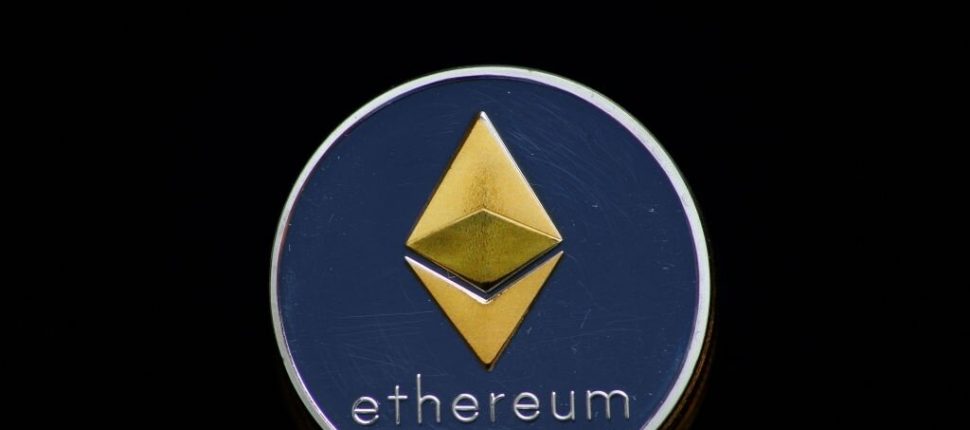What Is Ethereum Gas?
To incentivize individuals or groups to host and maintain data on the blockchain, Ethereum has created Ether cryptocurrency to fuel this decentralized network. To create a software application on the Ethereum network, users have to pay for space and computing power provided by these distributed networks of computers.
Users have to pay a fee called gas to process their transactions on the Ethereum blockchain. In other words, gas is the Ethereum network’s pricing mechanism. This mechanism allows involved parties to determine the cost/fee for executing a transaction or implementing a smart contract operation. Whereas Ether (ETH) is a form of cryptocurrency used for fueling the Ethereum platform, gas is used to calculate the value of “work” or computational resources each task involves. The higher the computational demand a task or transaction requires, the higher the gas fee the user has to pay and vice versa.
Ethereum Gas Cost
Keep in mind that gas and Ether are two different units, and we pay the gas with Ether. Every computational task has “gas cost,” and each gas unit has a specific price determined based on Ether’s value.
To better illustrate this point, we can liken gas to the gasoline used in an automobile. For a car to work, the engine must consume gasoline, and for a transaction to execute in the Ethereum network, a certain amount of computing power is used. This computing power (think of gasoline) is provided by the Miners (which in this example are analogous to gas stations) whom the users should pay a fee to execute and run their specific service/transaction. And just as in real life, we pay for gasoline by fiat currency like the US dollar; in Ethereum, we buy gas by Ether.
Ethereum Gas Limit
Just as your car consumes different amounts of gasoline for different journeys depending on your mileage and destination traffic, so does Ethereum; you have to pay different amounts of gas for various transactions. Transactions that require little computational power, like standard Ether transfer, need a small amount of gas, while operations that need intense computation, like smart contracts, require a lot of gas.
Before users can submit a transaction to the network and execute it in Ethereum, they must designate a gas limit. Simply put, the gas limit is the maximum amount of gas a user is willing to pay to have his/her particular transaction executed.
Gas Limit Mechanism
The more complex a transaction, the more computational power it requires, and the higher the amount gas users must pay. An obvious example of computation-intensive transactions is buying coins in an initial coin offering (ICO); the amount of gas you should pay for such transactions is considerably more than the amount you should pay for a standard transfer of tokens.
In addition to different gas costs for various operations, you should keep in mind that the moment your specified amount of gas is spent, the miner will halt implementing your transaction. If your gas runs out during the operation, the transaction is considered “failed,” but the miner will be compensated for computation costs.
When implementation is finished, whether because the relevant gas limit is too high or too low, all surplus gas will be returned to the operation initiator.
Block Gas Limit
Block gas limit is another optimizing mechanism in Ethereum defined as the maximum amount of gas allowed in a block. It determines how many transactions can be executed in that block. For example, if we have a block with a gas limit of 100 and 3 transactions with gas limits of 30, 70, and 40, only the first two can fit into the block.
Accordingly, miners only choose transactions that don’t exceed the specific block gas limit and provide them with more monetary incentives (in this case, the first two transactions of 30 and 70 gas limit). If they try to fit additional transactions, the Ethereum network rejects those transactions, showing the message “Transaction exceeds block gas limit.”
Ethereum Gas Price
As mentioned earlier, gas price is defined as the amount of Ether a user pays for each gas unit. Gas price is measured in Gwei—which is the denomination of Ether cryptocurrency—and each 1,000,000,000 Gwei equals one Ether.
A user or transaction initiator can set a specific gas price for their work to be executed. To encourage miners to prioritize a transaction on the block and execute it, users can offer higher gas prices. An average gas price is usually around 0.00000002 Ether or 20 Gwei, but this price can increase according to the amount of network traffic and the number of competing transactions. The price you specify determines how fast or slow your work will be completed.
Keep in mind that the acceptable Ethereum gas fee is neither set by the miners nor by the developers. Instead, first users send their transactions with a specified gas price, and then the miners decide which transactions they prefer to choose for execution. The gas quantity users offer and the transactions miners accept form an equilibrium that determines fair and adequate gas prices.
Conclusion
Gas is a central and abstract part of the Ethereum network. We tried to offer a simple explanation of how this intricate mechanism works, but learning all these new and rather complicated concepts might be overwhelming. In recent years, Ethereum has started a campaign to simplify this process. But until then, to find your way in the blockchain universe, it’s crucial to understand how gas works.







